Landmark Legislation Shaping the Entertainment Industry

The entertainment industry has been shaped by a myriad of legislative actions over the decades, each leaving a mark on how business is conducted today. These laws have not only influenced the operational aspects of film and television but have also played a pivotal role in shaping the creative landscape, dictating trends and norms that resonate with audiences worldwide. Understanding these legislative landmarks is pivotal in navigating the complexities of payroll, labor relations, and creative rights. We'll highlight key pieces of legislation that have profoundly influenced the entertainment industry, providing insights and guidance for industry professionals seeking to align their business practices with legal standards.
The Wagner Act: Foundation of Union Power
The National Labor Relations Act of 1935, commonly known as the Wagner Act, was a seminal piece of legislation that established the legal right for employees to organize into unions and engage in collective bargaining. This act was a cornerstone in U.S. labor law, designed to protect the rights of workers and curtail unfair labor practices by employers. It laid the groundwork for union influence within the entertainment industry, granting labor organizations the power to negotiate contracts that dictate wages, working conditions, and benefits. This legislative move was instrumental in fostering a balanced power dynamic between labor and management, ensuring that workers had a voice in their employment conditions.
Impact on Entertainment
The Wagner Act's implications were profound, particularly in film and television, where unions such as the Screen Actors Guild (SAG), the Writers Guild of America (WGA), and the Directors Guild of America (DGA) became formidable entities. These unions have been pivotal in advocating for fair treatment and equitable compensation, ensuring that creatives and technicians receive their due recognition and financial rewards. The act not only empowered these unions to protect their members' rights but also established a framework for resolving labor disputes through the National Labor Relations Board (NLRB), creating a structured avenue for addressing grievances and ensuring compliance.
Understanding the intricacies of collective bargaining agreements born out of this legislation is crucial. These agreements impact production costs, scheduling, and labor relations, necessitating careful navigation to avoid legal pitfalls. Additionally, producers must be adept at negotiating agreements that balance budget constraints with union demands, a skill that can significantly impact the financial viability of a project. As the industry continues to evolve, the principles established by the Wagner Act remain a guiding force in shaping equitable labor practices.
The Taft-Hartley Act: Balancing Labor Relations
In response to perceived excesses of union power, the Taft-Hartley Act of 1947 was introduced to balance labor relations by imposing restrictions on union activities. This act sought to address concerns that unions had gained too much influence, potentially stifling economic growth and infringing on individual worker rights. By delineating the permissible scope of union activities, the Taft-Hartley Act aimed to create a more equitable environment for both employers and employees, ensuring that the scales of labor relations were not tipped too heavily in favor of one side.
Key Provisions
Key provisions of the Taft-Hartley Act include the prohibition of secondary boycotts, jurisdictional strikes, and the requirement for union leaders to sign affidavits affirming they are not members of the Communist Party. These measures were designed to curb union practices that were seen as overreaching and to promote transparency and accountability within union leadership. The act also granted states the right to pass "right-to-work" laws, which affected union membership and dues collection by allowing workers to choose whether or not to join a union, thereby weakening the financial power of unions in certain regions.
Implications for the Industry
The Taft-Hartley Act introduced complexities in labor relations that continue to affect the entertainment industry. Staying abreast of these legal constraints is vital in crafting effective training programs that ensure compliance with current union requirements. Understanding the nuances of the act allows executives to strategically plan labor negotiations and manage potential conflicts, ultimately safeguarding the company's operational efficiency. The act also necessitates an ongoing dialogue between unions and employers, fostering an environment where negotiation and compromise are essential to maintaining industrial harmony. This dynamic interplay between labor and management has shaped the modern entertainment landscape, influencing everything from production timelines to the creative direction of projects.
The Paramount Decree: Reshaping Hollywood
The 1948 Supreme Court ruling in United States v. Paramount Pictures, Inc., commonly known as the Paramount Decree, dramatically altered the structure of the film industry by dismantling the vertical integration model that allowed studios to control production, distribution, and exhibition. This landmark decision was a critical turning point, aimed at breaking up the monopolistic practices of major studios, thus fostering a more competitive and diverse industry landscape. The decree's intent was to open up the market, enabling more voices and creative visions to thrive, thereby enriching the cinematic tapestry with varied stories and perspectives.
Consequences of the Decree
The decree forced major studios to divest their theater chains, promoting greater competition and creativity within the industry. This shift allowed independent producers and smaller studios to gain a foothold in a previously impenetrable market dominated by a few major players. As a result, audiences benefited from a wider array of films and narratives, as the decree curtailed the dominance of major studios and encouraged innovation and risk-taking in storytelling. This restructuring led to a democratization of film production and distribution, paving the way for new genres and experimental works to find their audience.
This ruling underscored the importance of understanding distribution rights and revenue-sharing models. The decree's impact on the financial landscape necessitated a re-evaluation of budgeting and revenue projections, influencing how producers plan and execute their projects. Navigating the post-Paramount world requires a keen understanding of market dynamics and strategic financial planning to maximize returns and ensure sustainability. This era marked a shift towards a more open and inclusive industry, where creativity and business acumen became equally important for success.
The Civil Rights Act of 1964: Promoting Inclusivity
The Civil Rights Act of 1964, a landmark legislation aimed at ending discrimination based on race, color, religion, sex, or national origin, had profound implications for the entertainment industry. This act was a pivotal moment in U.S. history, reflecting the nation's commitment to equality and justice for all its citizens. It mandated equal employment opportunities, influencing hiring practices and on-screen representation, and challenged industries across the board to dismantle long-standing barriers to diversity and inclusion.
Industry Impact
For the entertainment industry, the Civil Rights Act ushered in an era of inclusivity and diversity, challenging studios to reflect societal changes in their productions. This legislative change prompted a reassessment of casting practices and storytelling paradigms, encouraging creators to explore narratives that resonate with a broader, more diverse audience. The act's influence extends to collective bargaining agreements, which increasingly incorporate diversity clauses to ensure representation both in front of and behind the camera, thus fostering a richer and more varied cultural output.
Producers must navigate these evolving standards, integrating diversity initiatives into their financial planning and reporting. This involves not only meeting legal requirements but also embracing the potential for diverse perspectives to drive innovation and creativity. The push towards inclusivity has also opened up new markets and demographics, offering studios the opportunity to connect with a wider audience base. This legislation underscores the importance of fostering an inclusive workplace culture that aligns with contemporary values and expectations, positioning the industry to thrive in an increasingly globalized and interconnected world.
The Digital Millennium Copyright Act (DMCA): Protecting Intellectual Property
The advent of digital technology and the internet necessitated new legal frameworks to protect intellectual property rights. The Digital Millennium Copyright Act (DMCA) of 1998 addressed these challenges by implementing measures to combat copyright infringement in the digital realm. This act was a critical response to the rapid technological advancements that threatened traditional models of content creation and distribution, aiming to safeguard the interests of creators and rightsholders in an increasingly digital and interconnected age.
Key Provisions and Challenges
The DMCA introduced safe harbor provisions for online service providers, enabling them to avoid liability for user-generated content, provided they adhere to specific takedown procedures. This framework aimed to balance the interests of copyright holders with the need to foster innovation and free expression online. It also criminalized the circumvention of digital rights management (DRM) technologies, thus providing creators with tools to protect their works from unauthorized use and distribution. However, the act has faced criticism for its potential to stifle creativity and innovation, as well as for the challenges it poses to fair use and freedom of expression.
Understanding the DMCA is crucial in safeguarding their creative works and navigating the complexities of digital distribution. The act's enforcement mechanisms require vigilance and proactive measures to protect intellectual property in an increasingly digital landscape. This involves not only implementing robust security and DRM strategies but also staying informed about the evolving legal landscape and potential reforms. As digital distribution becomes the norm, the principles established by the DMCA continue to shape the ways in which content is shared and monetized.
Historical legislation has profoundly shaped the entertainment industry and continues to influence labor relations, business practices, and creative expression. These legal frameworks have not only defined the operational parameters within which the industry operates but have also played a crucial role in shaping its cultural and artistic landscape. Understanding these legal landmarks is essential in navigating the complexities of payroll, labor relations, and intellectual property management.
By staying informed and adapting to legislative changes, industry professionals can effectively manage union agreements, protect intellectual property, and foster an inclusive workplace culture. This proactive approach not only ensures compliance but also positions stakeholders to leverage legal developments for strategic advantage. As the industry evolves, ongoing education and awareness remain critical in empowering stakeholders to thrive in a dynamic and challenging environment. By embracing these legislative frameworks, the entertainment sector can continue to innovate and captivate audiences worldwide, ensuring its relevance and vitality for generations to come.









